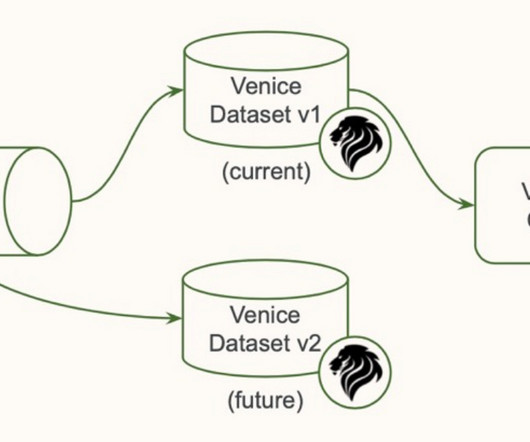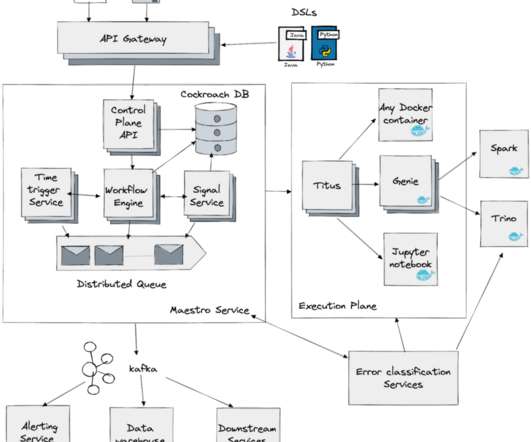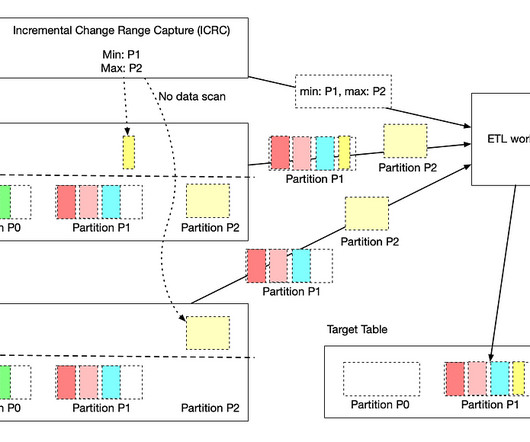Presentation: Modern Compute Stack for Scaling Large AI/ML/LLM Workloads
InfoQ
MAY 8, 2024
Jules Damji discusses which infrastructure should be used for distributed fine-tuning and training, how to scale ML workloads, how to accommodate large models, and how can CPUs and GPUs be utilized? By Jules Damji















Let's personalize your content